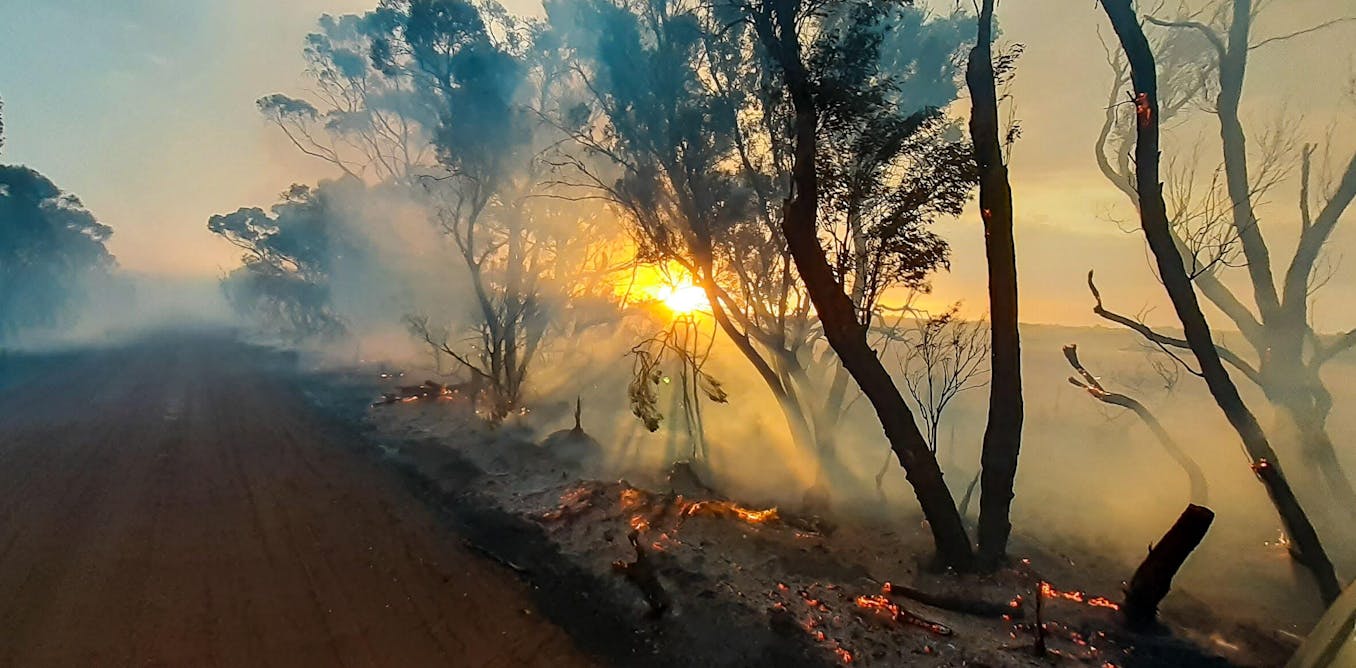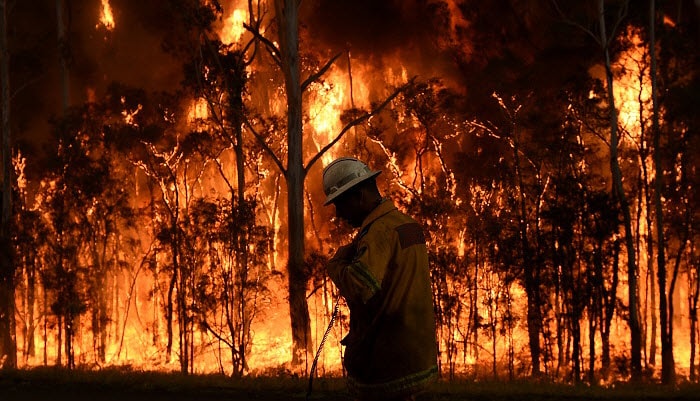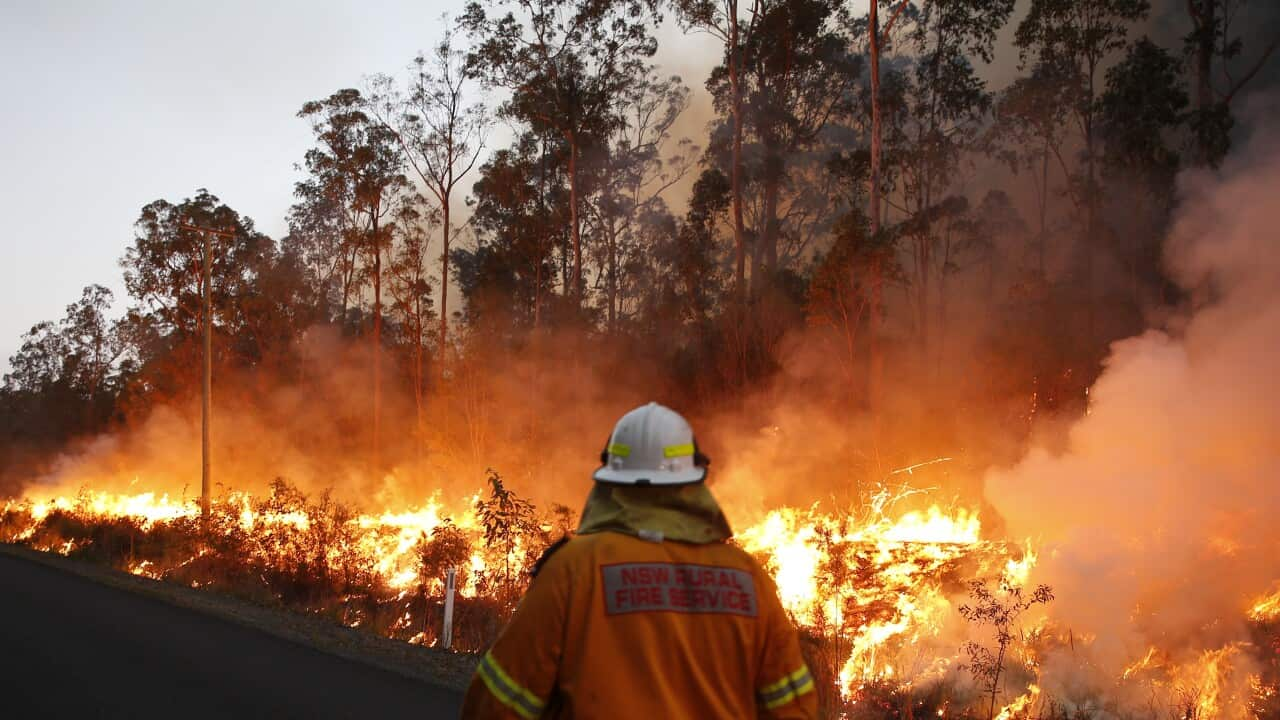Just How BAL Record Impacts Shrub Fire Protection Measures
In the world of bush fire security, the Building Assault Level (BAL) record stands as an important tool that considerably affects the safety and security and resilience of residential properties in fire-prone areas - BAL Report. The effect of a BAL assessment expands much beyond simple paperwork; it offers as the cornerstone for determining the proper construction standards and fire security steps necessary to mitigate the risks positioned by bushfires. As areas face progressively serious fire periods, comprehending how the BAL record forms these safety actions becomes paramount for house owners, policymakers, and building contractors alike
Comprehending the Bushfire Assault Level

Importance of BAL Record Evaluation

Additionally, the BAL record evaluation functions as a fundamental action in abiding with lawful obligations and requirements associated with bushfire security. Regional councils and authorities often mandate the entry of a BAL record as component of the planning and structure authorization procedure to guarantee that properties are adequately protected against bushfire dangers. Falling short to perform a comprehensive BAL record assessment can result in insufficient protection measures, leaving residential or commercial properties at risk to devastating bushfire events.
Building And Construction Specifications Based Upon BAL
A detailed understanding of the Bushfire Strike Degree (BAL) allows residential property owners to implement construction requirements customized to their specific danger profile. Building and construction standards based on BAL are critical in reducing the effect of bushfires on properties. The BAL score classifies the potential danger a property faces during a bushfire on a range from BAL-Low to BAL-FZ click for more (Fire Zone)
Implementing Fire Security Procedures
With the structure of building and construction requirements based on Bushfire Attack Level (BAL) in location, the emphasis now moves towards the practical application of fire security measures to strengthen residential or commercial properties versus bushfire dangers. Implementing fire defense actions includes a combination of passive and energetic strategies to enhance the resilience of buildings in bushfire-prone locations. Passive actions consist of using fireproof structure products, installing cinder guards on vents, sealing spaces in walls and roof coverings, and preserving a clear room around the property devoid of combustible plants. Active steps include having firefighting devices readily available, such as hoses and water pumps, along with producing a defendable area around the residential property by removing plants and having a well-kept garden. Additionally, creating a discharge strategy and making sure all homeowners know emergency procedures are critical parts of effective fire protection steps. By integrating both passive and energetic methods, homes can dramatically lower their susceptability to bushfire cases and increase the safety of occupants.
Safeguarding Houses Versus Bushfires
Properly guarding homes against the devastating influences of bushfires calls for a positive and comprehensive approach to fire protection actions. Additionally, securing spaces and vents to protect against coal invasion, as well as including fireproof doors and home windows, can help fortify the home's protection versus bushfires. By welcoming a positive stance and integrating these protective measures, Resources property owners can considerably raise their possibilities of securing their homes versus bushfires.
Verdict
In final thought, the Bushfire Attack Level (BAL) report plays an important function in establishing the necessary security steps against bushfires. Implementing fire defense measures based on the BAL report is crucial in safeguarding residential or commercial properties from prospective bushfire threats.
In examining bushfire threat to residential or commercial properties, understanding the Bushfire Strike Level (BAL) is an important component for applying efficient protection actions. Overall, a clear understanding of the Bushfire Attack Degree is crucial for implementing ample defense steps and reducing the impact of bushfires on properties.
